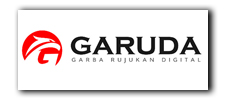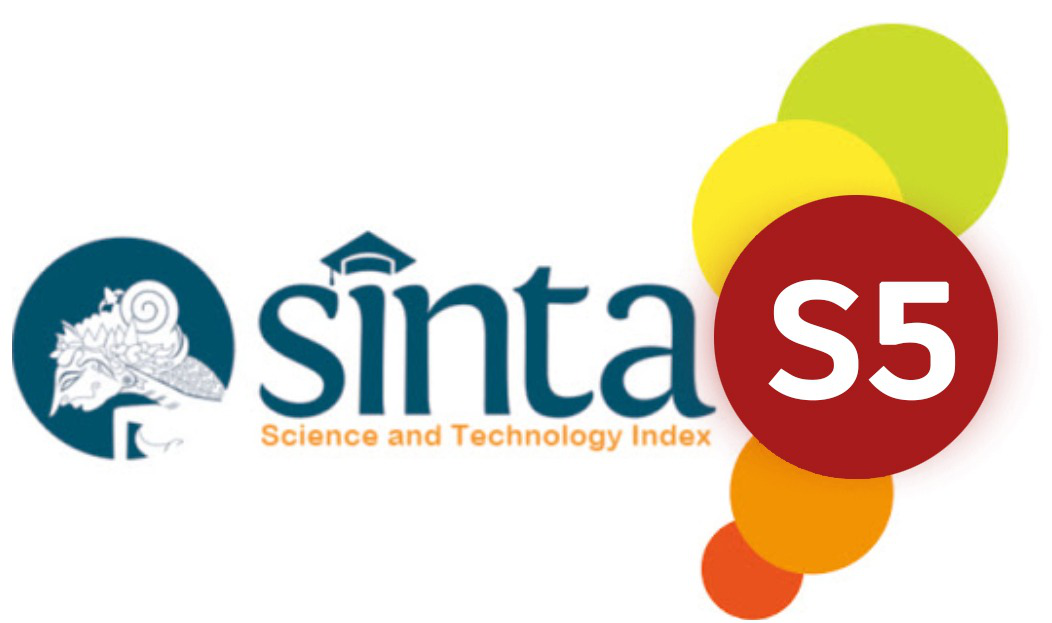DISCOURSE ON THE IMAGE OF VIRTUAL REALITY GRAFFITI ART: FROM PUBLIC SPACE TO VIRTUAL SPACE
Abstract
Keywords
References
Bambaataa, Afrika. (2005). Definisi Hip-hop. Dalam Hip-hop Perlawanan dari Ghetto. Yogyakarta: Alinea Printing
Debras, C. (2019). Political Graffiti in May 2018 at Nanterre University: A Linguistic Ethnographic Analysis. Discourse & Society, 30(4), 441–464. DOI: 10.22146/rubikon.v10i2.76853
Di Brita, T. (2020). The Disappearance/Virtualisation of Graffiti and Street Art. SAUC - Street Art and Urban Creativity, 5(2), 6 - 17.
Di Brita, T., (2018). Resilience and adaptability through institutionalization in graffiti art: A formal aesthetic shift, in: Street Art & Urban Creativity Scientific Journal. Changing Times: Reslilience , 110-112.
Domínguez Pérez, M., Crespi-Vallbona, M., & Gómez, M.V. (2022). The Narrow Margin of Urban Protest Art: A Comparative Study of the Role of Street Art in Two Neighborhoods of Barcelona and Madrid. Journal of Urban Affairs, 46(6), 962–981. DOI: 10.22146/rubikon.v10i2.76853
Gwilt, I. (2018). Augmented Reality Graffiti and Street Art. In V. Geroimenko (Ed.), Augmented Reality Art (pp. 227–236). Springer. DOI: 10.1007/978-3-319-69932-5_12
Hána, D., & Šel, J. (2022). Political Graffiti in the Political Symbolic Space of Prague, Czechia. Urban Research & Practice, 15(3), 679–698. DOI: 10.22146/rubikon.v10i2.76853
Iman, K, R. (2022). Grafiti IndoGraffDay Sebagai Regenerasi Pelukis Mural dan Grafiti https://bandungbergerak.id/article/detail/2332/indo-graff-day-2022-bandung-sebagai-regenerasi-pelukis-mural-dan-grafiti (Diakses pada 31 Mei 2023).
Iveson, K., Lyons, C., Clark, S., & Weir, S. (2022). The Informal Australian City. Australian Geographer, 50(1), 11–27. DOI: 10.22146/rubikon.v10i2.76853
Kundu, R. (2024). Music and Identity: The Influence of Hip-Hop on the Formation of Urban Youth Culture. Interdisciplinary International Journal of Advances in Social Sciences, Arts and Humanities (IIJASSAH), 1(1), 12–25.
Laptiste, P. A. (2024). The Cross-Frontier Spread and the Economic Beneficiaries of Capoeira, Breaking, and Hip Hop: From Chattel Slavery to Sports Drinks to the Olympics. Journal of Integrated Studies, 15(1), 21.
Piliang, Y. (2019). Semiotika dan Hipersemiotika: Kode, Gaya dan Matinya Makna. Yogyakarta. Cantrik Pustaka.
Kingspray Graffity VR. https://store.steampowered.com/app/471660/Kingspray_Graffiti_VR/ (Diakses pada Mei 2023).
Marin, D. (2022). This Graffity Artist Making NFT with Oculus. https://eloutput.com/id/noticias/cultura-geek/grafitero-vr-nft-oculus/ (Diakses pada 31 Mei 2023).
Murphy, J., & McDowell, S. (2019). Transitional Optics: Exploring Liminal Spaces After Conflict. Urban Studies, 56(12), 2499–2514. DOI: 10.22146/rubikon.v10i2.76853
Parker, A., & Khanyile, S. (2024). Creative Writing: Urban Renewal, the Creative City, and Graffiti in Johannesburg. Societies & Cultures, 25(1), 158–178. DOI: 10.22146/rubikon.v10i2.76853
Pell, M. (2017). VR Graffiti. https://medium.com/futuristic-design/vr-graffiti-ca07c9b05ca (diakses pada 31 Mei 2023).
Silva, M., Morais, D., Mazeda, M., Teixeira, L. (2019). Combining Augmented Reality with Graffiti using Mobile Application: First Results. Creative Industries Global Conference 2019. Universidade Católica Portuguesa, Portugal.
DOI: 10.33751/albion.v6i2.10525
Refbacks
- There are currently no refbacks.
Copyright (c) 2024 Journal Albion : Journal of English Literature, Language, and Culture







